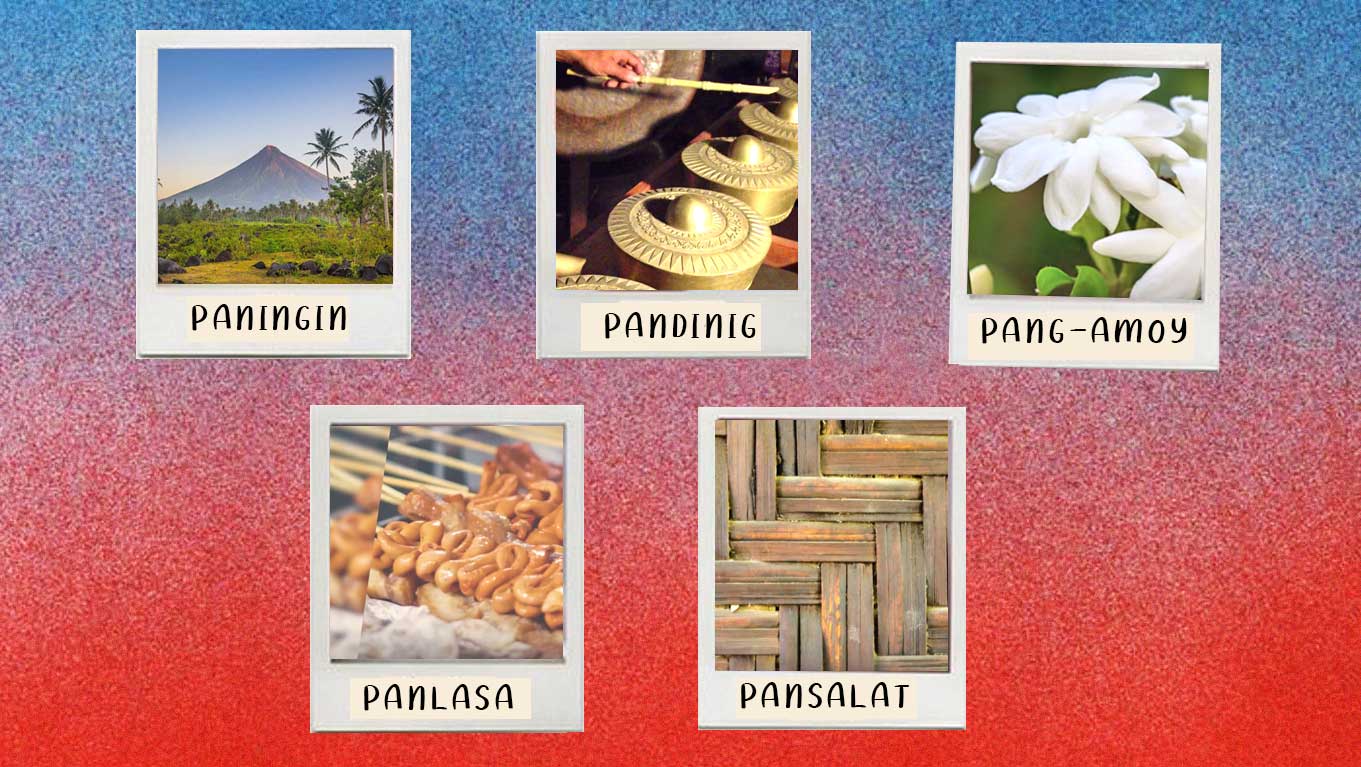In an exercise that liaisons stories, experiences, and senses that are unique to the unparalleled Filipino spirit, Dama Ko Lahi Ko is out to make you examine what it makes you feel Filipino.
Perhaps every line of communication on June 12 is moored on the celebration of liberty, smearing everything in the colors of the nation’s vibrant flag, upending standard salutations with greetings in some form “happy independence day, Philippines,” and professing what makes you proud to be proud to be Filipino. With everyone suddenly becoming an extreme patriot in some way, shape, and form, one can’t help but wonder if people are asserting a long and hard fought freedom or just looking for an excuse to participate on the barest of minimums? Sure, it ideally calls for something more rousing and riveting, especially since we are talking about years of building what is intrinsically our own, but as a touch point of many cultures, the bigger question hangs over our consciousness: what really makes you feel Filipino?
Where identity is an operation of the personal, so is the struggle that comes with shaping it, especially in the context of being a Filipino. It starts with accessible signifiers and familiar cornerstones, like say, Korea and their precision of entertainment, the hearty flavors of Spanish cuisine, the waft of scents that engulf you in the souqs of Marrakech, the cacophony of conversation, commerce, and charm of New York, and the striking surfaces of downtown Cubao in broad daylight.
Whether it is just one or all at once, it is the sensorial experiences that signal a shift in your system that links the synapses of memory to your heart and soul, forming some sort of relationship made permanent to a specific culture. This is precisely what the Dama Ko Lahi Ko movement wants to spark. With its humble proposition of making you feel through a sharing of what is intimate and innate to your definition of being a Filipino.
Related: 8 UNDERRATED FILIPINO ANIMATED MOVIES AND TV SHOWS THAT DESERVE MORE ATTENTION
TELL YOUR STORY
An undertaking that traces its origins online amid a persistence of a pandemic, Dama Ko Lahi Ko slowly and surely weaved its magic leading up to Philippine Independence Day, highlighting the highly visceral Filipino culture through the distinction of the five senses: paningin (sight), pang-amoy (smell), pandinig (hear), panlasa (taste), and pansalat (touch). Arguing that it doesn’t take a one-time event scaled to the extremes and excess, the movement essentially is working to liaison stories through its network of creatives, pundits, and like-minded individuals. By encouraging this exchange, it becomes an exercise of the age-old ritual of passing narratives or news umalohokan (ancient town crier) style.
In this call to celebrate Filipino pride, the long-term goal is to integrate “culture into everyday life, where “it can become our soft power, a way to appeal and attract preference towards destinations, products, services, and experiences that only the Philippines can offer,” it details in a statement.
From the abundance of breathtaking views of nature, the comforting kamustahan and well-meaning chikahan that stretch for hours on end, the cuisine and delicacies that not only baffle but bring people back for heaping servings two or three times over, the clash of smells that signify the many festivals that pepper the calendar of our culture, and the thrilling textures of products made with love and knowledge spanning generations from artisans across the country, one is encouraged to share all this to whatever platform you see fit, at least virtually for now, in an effort that has so far successfully spread out across the internet, in select pop-ups, and a weekend exhibit entitled, Wear Your Story.
AND THIS IS WHERE IT BEGINS
“The organic growth of this Dama Ko Lahi Ko movement from a small discussion has inspired me so much this year,” writes Esme Palaganas, a young designer, staunch advocate of local fashion, and proponent of PHx Fashion Conference and Dama Ko Lahi Ko, on Instagram. “It’s been a proof of how a small seed can bloom into something beautiful, and how contributions can never be little with a genuine goal at the center of it all.” With the discussion that this has inevitable sparked from small circles that travel to other connections of the same sort inevitable form a bigger conversation that will become the shift in perspective it sets out to be.
You see, we are a lot more than just the fame (and even notoriety) of personalities that are inextricably linked to being a Filipino. Instead of the faces, the Dama Ko Lahi Ko movement is telling us that there are many things we can hero, too. It could be something so simple or even just unique to you, or heck, it can even you, because let’s face it, aside from the virtue of blood and race, we further define what it feels to be a Filipino. In this sensory details, we get to tell the world our story, proving that we aren’t just a footnote in anyone’s focus. Here, we get to assert our dignity in small but sure way, and for all intents and purposes, it doesn’t on Philippine Independence Day. In fact, this is merely where it all begins.
Dama Ko Lahi Ko can be felt across Facebook, Instagram, Twitter, and TikTok where you can tag them at @damakolahiko and #DamaKoLahiKo. Finally, the Filipino Culture Coillective, a group of creative professionals passionate about Filipino culture, created a website where you can access digital expressions of Dama Ko Lahi Ko.
CONTINUE READING: DON’T SKIP THE VOTE: FROM REGISTRATION TO THE ELECTION, THIS IS WHY YOU SHOULDN’T IGNORE YOUR IMPACT





